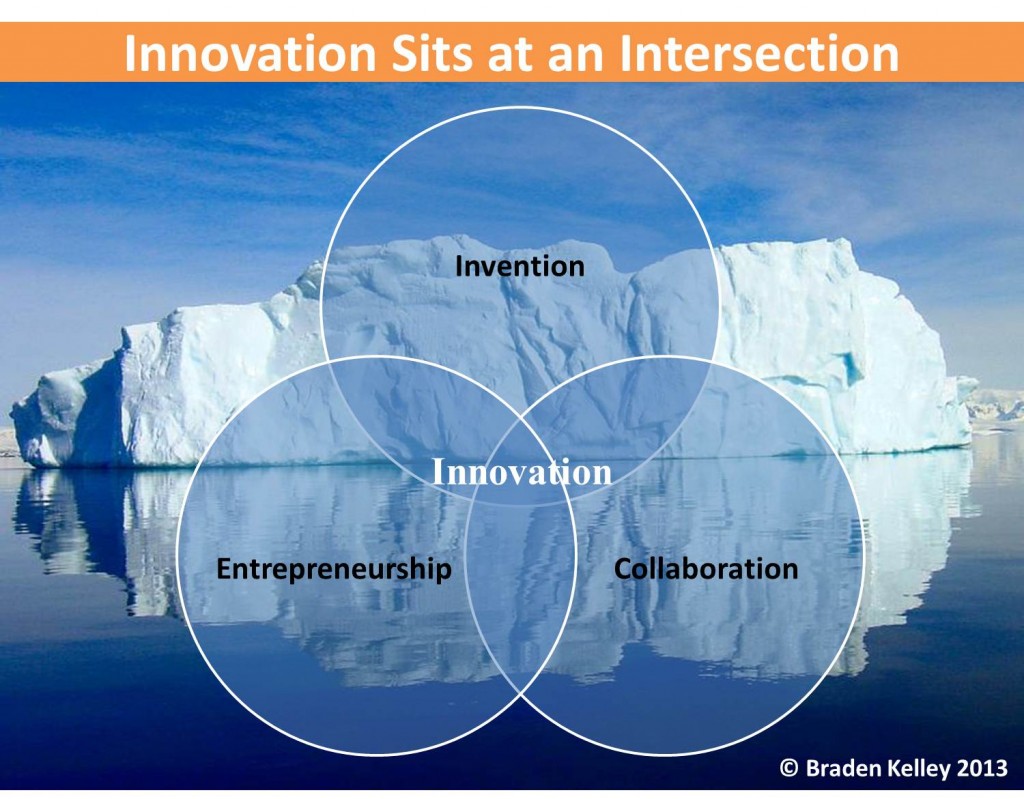
Some entrepreneurs start a business because they want to be their own boss doing something they understand. But many startup entrepreneurs start a business because they want to change something, to deliver more value for customers than existing solutions, to disrupt an industry, to become a unicorn, etc. Entrepreneurs like this will need to become masters of change.
You have a great idea.
And you’re hoping to launch a business and change the world, making a dollar or two along the way.
Does this describe you?
If so, you will need to know how to build and operate a business. You will need to be able to profitably manufacture and sell your product and/or service. But you will also need to be really good at something that many people don’t think about when they’re creating a startup.
You must become good at leading change because you are going to be asking people to change their behavior, and people don’t do this easily and may even resist.
But it is possible to understand and harness the Eight Change Mindsets™ that cause people to choose change. These include:
- Mover ’n’ Shaker: give these people the chance to be first
- Thrill Seeker: these people like to try new things and experiment
- Mission-Driven: these people need reasons to believe
- Action-Oriented: these people just want to know what needs to be done
- Expert-Minded: teach these people how to do it, and they will seek mastery
- Reward-Hungry: these people want recognition for adopting the change
- Team Player: these people are happy to help if you show them why the change will be helpful
- Teacher: show these people how to get others to choose change
Getting people to choose change is important because you’ll be asking people to abandon their existing solution to adopt yours – even if it is the do-nothing solution. This is not easy because people get comfortable using their existing solution and will be uncomfortable with the idea of doing something different.

If you read through this list and imagine what might happen if you haven’t addressed these mindsets in your business plan, you should quickly find yourself with eight potential explanations for why people might resist your new product or service and start having ideas about how to create initiatives to leverage them to overcome potential resistance.
When we break out the trap of thinking about all customers as the same or out of demographic segmentation traps we can start to see our potential customers as people and to identify their different motivations that will determine whether our business is a raging success or a humbling failure.
This is of course assuming that you’ve leveraged my Innovation is All About Value approach to make sure that you’re hitting on all three cylinders with the product or service that you’re bringing to market:
- Value Creation is pretty self-explanatory. Your innovation investment must create incremental or completely new value large enough to overcome the switching costs of moving to your new solution from the old solution (including the ‘Do Nothing Solution’). New value can be created by making something more efficient, more effective, possible that wasn’t possible before, or create new psychological or emotional benefits.
- Value Access could also be thought of as friction reduction. How easy do you make it for customers and consumers to access the value you’ve created. How well has the product or service been designed to allow people to access the value easily? How easy is it for the solution to be created? How easy is it for people to do business with you?
- Value Translation is all about helping people understand the value you’ve created and how it fits into their lives. Value translation is also about understanding where on a continuum between the need for explanation and education that your solution falls. Incremental innovations can usually just be explained to people because they anchor to something they already understand, but radical or disruptive innovations inevitably require some level of education (often far in advance of the launch).
Doing well on two of them and poorly on the third will still lead to failure. Too often people only focus on value creation – to their own detriment. Helping people access the value you’re creating and to understand how it fits into their lives are equally important.
If you invest in doing all three well for your product and/or service and leverage the Eight Change Mindsets™, introduced in my latest book Charting Change, you will be unstoppable!
![]() Sign up here to get Human-Centered Change & Innovation Weekly delivered to your inbox every week.
Sign up here to get Human-Centered Change & Innovation Weekly delivered to your inbox every week.

